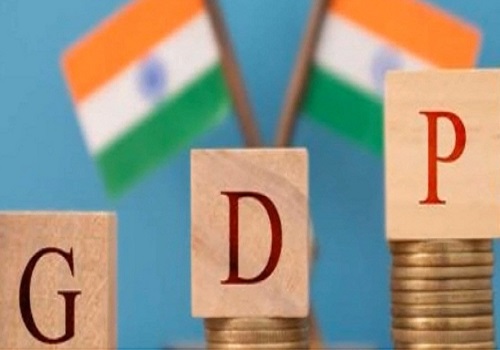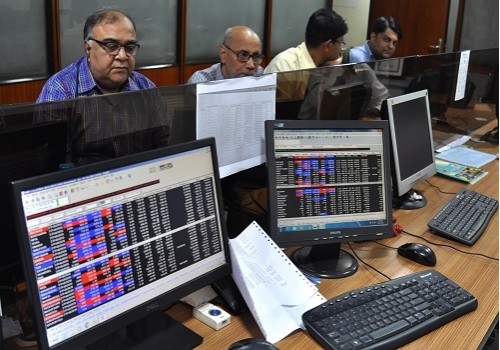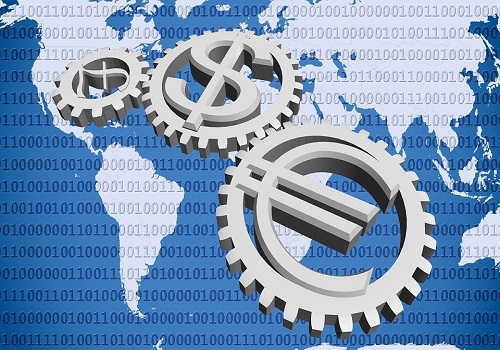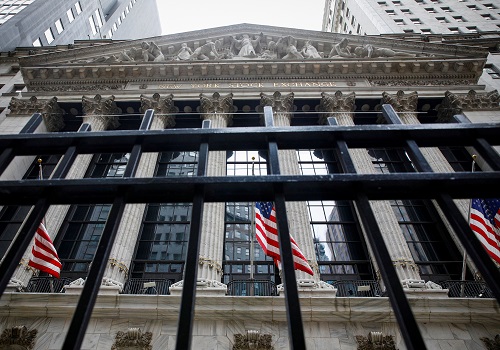JPMorgan says up to $316bn selling in equites by quarter end

Follow us Now on Telegram ! Get daily 10 - 12 important updates on Business, Finance and Investment. Join our Telegram Channel
https://t.me/InvestmentGuruIndiacom
Download Telegram App before Joining the Channel
US financial services major, JP Morgan (JPM) has predicted massive selling to the tune of $316 billion as investors are trying to balance their portfolios.
According to a report in Zero Hedge, this number will likely be lower following last week's sell-off which followed the original JP Morgan analysis, and may be some $40 billion less based on assumptions about forced Norwegian selling, we are still talking about selling in the $100 billion plus range in the days before quarter end.
"In all, we see some vulnerability in equity markets into quarter-end from pension funds entities as well balanced mutual funds selling equities and buying bonds to rebalance towards their target equity/bond allocations," JPM said.
For those who hope that the worst is now over, JPM has some bad news, Zero Hedge reported.
In one of his latest Flows and Liquidity reports, JPM quant Nick Panigirtzoglou writes that as we approach quarter-end, the equity rebalancing flow question is resurfacing in client conversations.
"The equity rally and the bond sell-off during the current quarter is naturally creating a pending rebalancing flow for multi-asset investors away from equities into bonds for pension funds and balanced mutual funds. How much of equity/bond rebalancing flow should we expect into current quarter-end?" he said.
JPM estimates around $107 billion of equity selling by balanced mutual funds globally into the end of March in order to revert to their 60:40 target allocation.
This is close to $7.5 trillion AUM universe globally, tend to rebalance over 1-2 months or so.
The lesson from November/December 2020 is that balanced mutual funds exhibit flexibility and they do not necessarily rebalance every single month.
During the previous quarter, they appear to have postponed rebalancing for November-end or December-end and to have waited until January to de-risk/rebalance.
US defined benefit pension plans are a similarly big universe with AUM of around $8 trillion. They tend to rebalance more slowly over 1-2 quarters or so. Assuming they were fully re-balanced at the end of December, and by taking into account the QTD performance of US equities and bonds, JPM expects that the pending equity rebalancing flow by US defined benefit pension plans into the current quarter-end is negative at around -$110 billion.
Norges Bank, a $1.3 trillion AUM entity as at the end of 2020, is calculated to see negative $65 billion in rebalancing (out)flows.
This, according to JPM, incorporates also the fact that the Norwegian government looks set to continue to rely on net transfers from its fund to finance part of its budget deficit and assumes that the equity weight would be returned to its target of around 70 per cent. In the second half of 2020, the Norges Bank allowed its equity weight to increase to nearly 73 per cent, and in the event it would simply seek to keep its equity weight unchanged at 73 per cent would imply around $22 billion of equity sales, which JPM thinks of as a lower bound estimate, as per a report in Zero Hedge.
The Japanese government pension plan, or GPIF, a $1.7 trillion AUM entity, is also set to sell: JPM estimates that the pending equity rebalancing flow by the GPIF into the current quarter-end based on current equity and bond returns is also likely negative at around $34 billion.
And while JPM's last forced selling forecast was a dud, with the bank's November 2020 prediction of a similar number ($310 billion) in year-end selling never materializing (as JPM now acknowledges) and stocks shooting higher by the end of last year, the reality this time is that with markets suddenly far more jittery many whale investors will not risk testing if JPM is wrong twice in a row and may simply front-run the potential selling, creating a self-fulfilling prophecy as fears of possible selling spark waves of actual selling, Zero Hedge said























